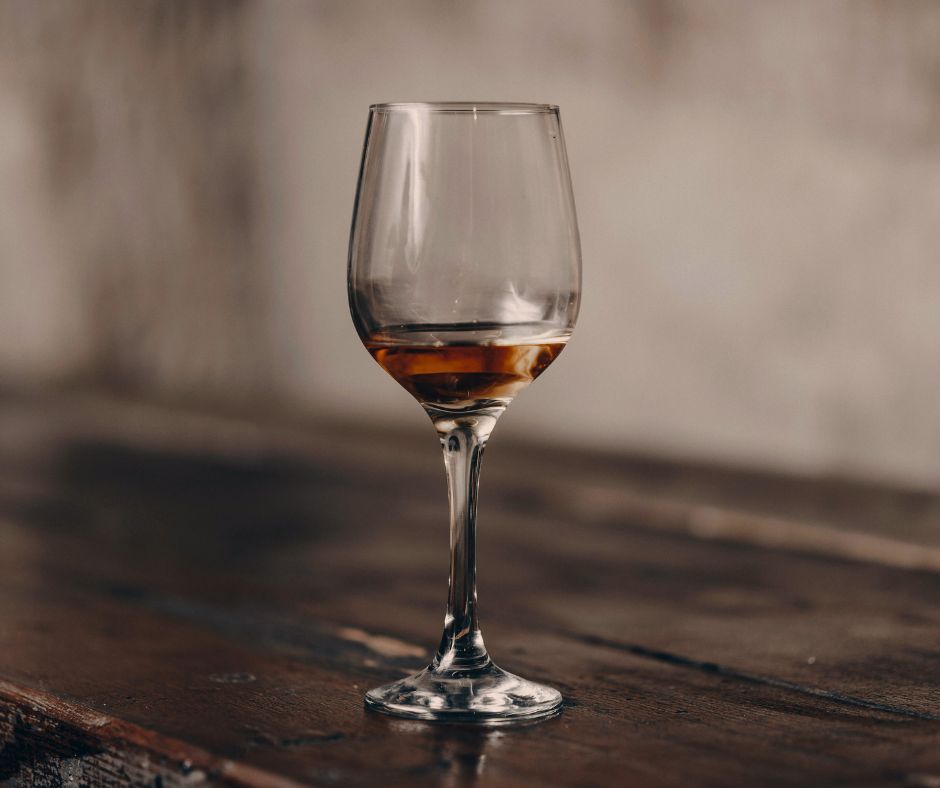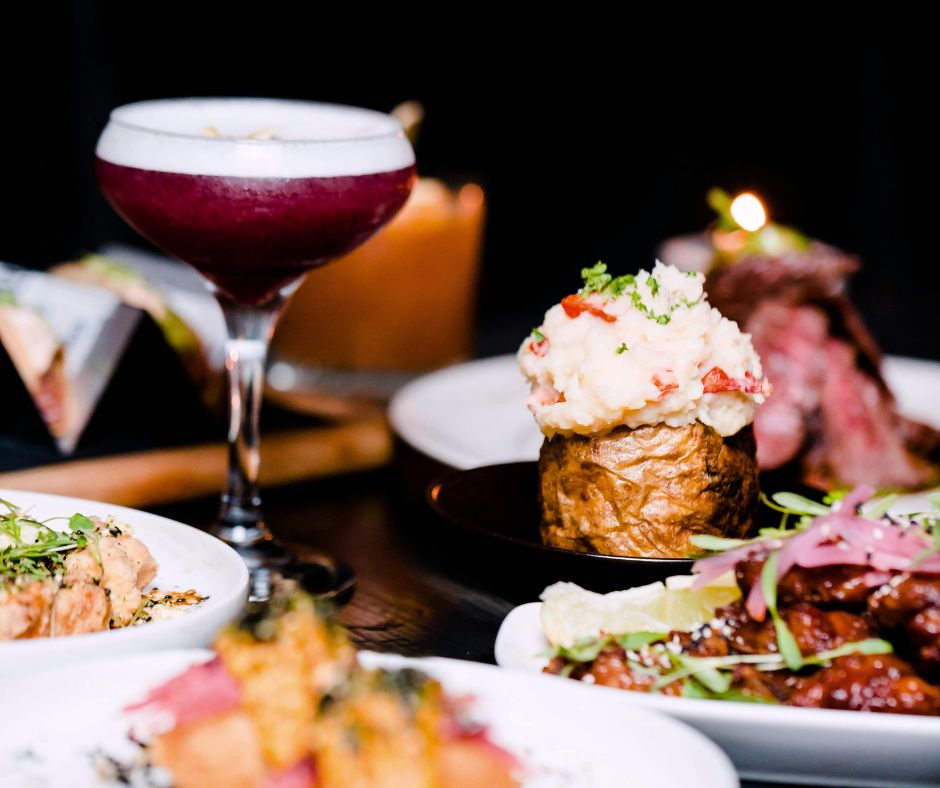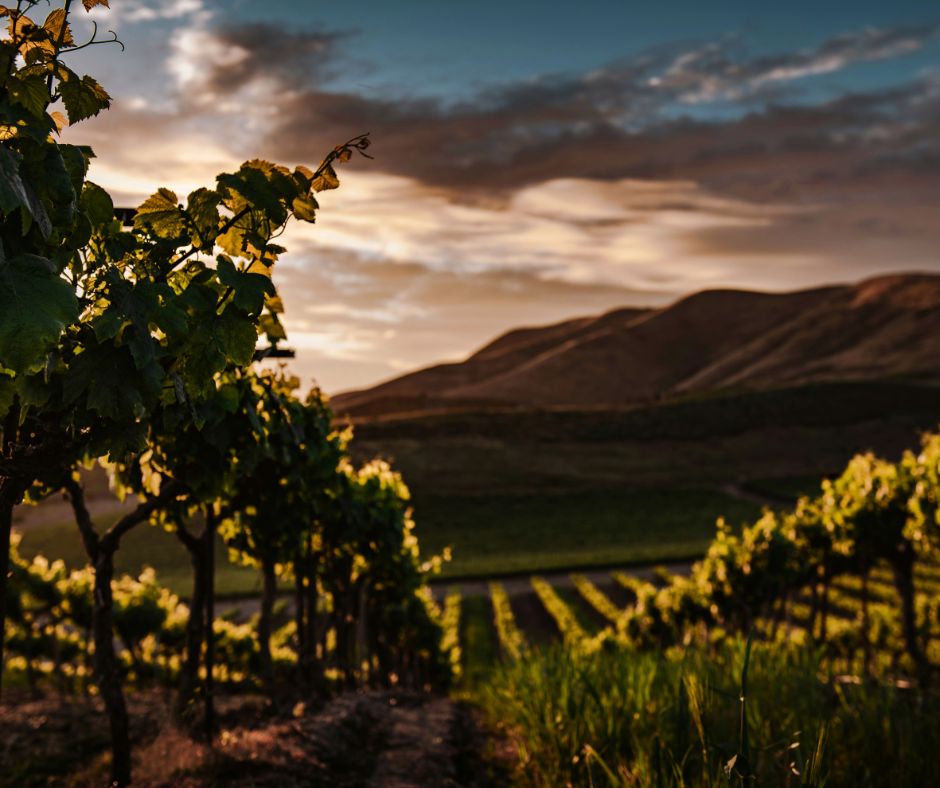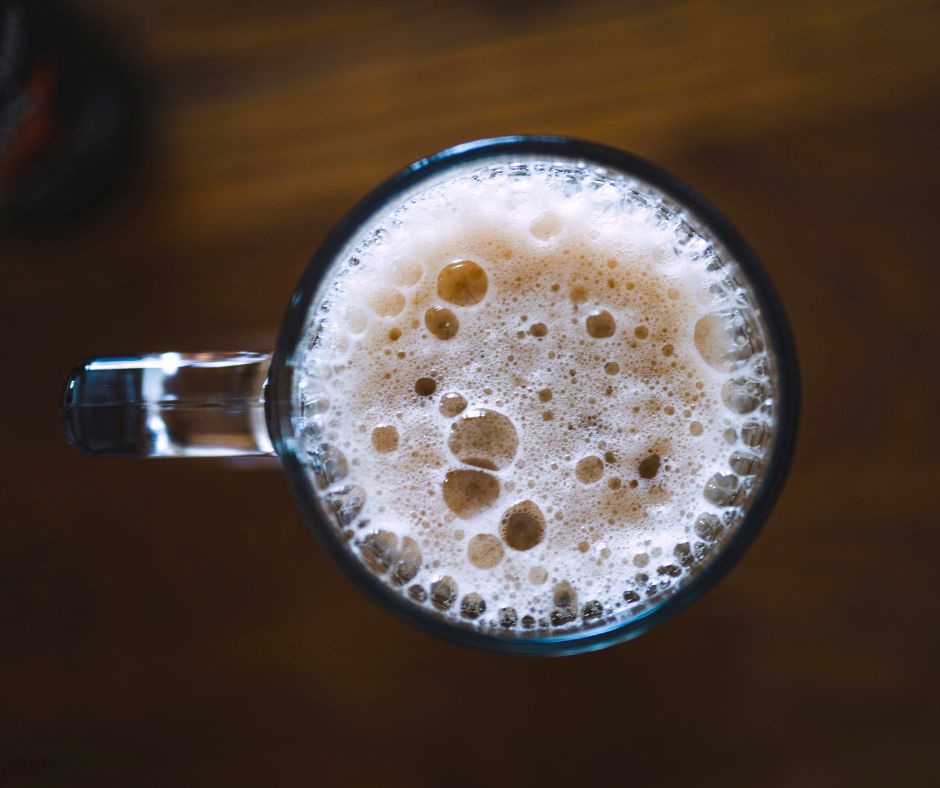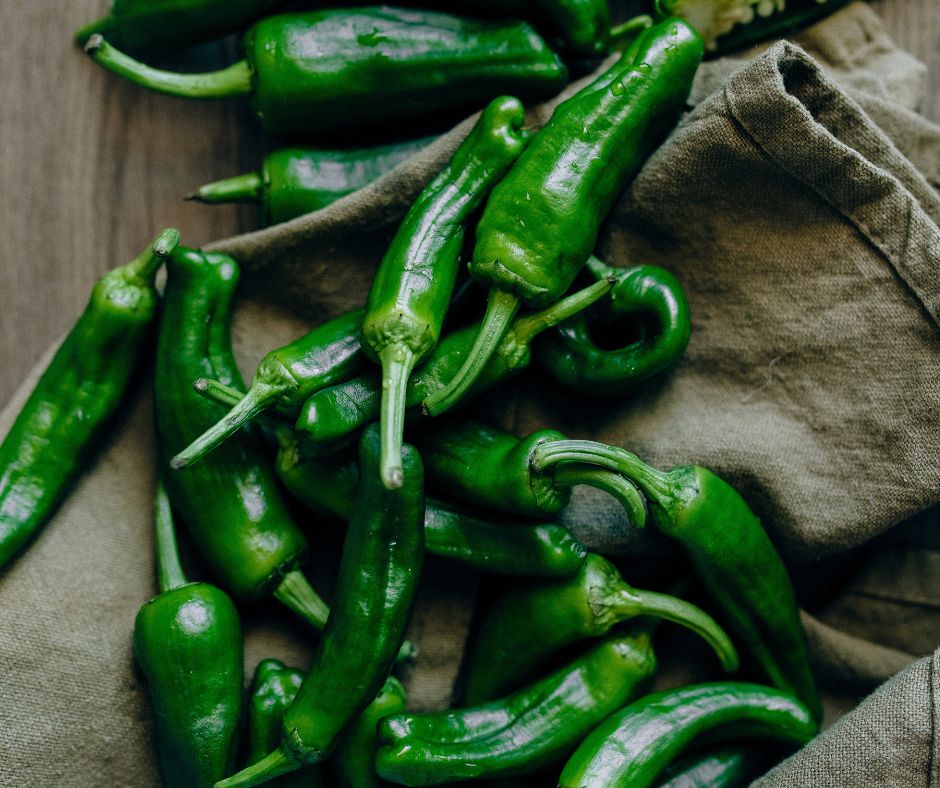Some wines are all about fresh fruit—bright cherries, juicy blackberries, ripe plums. But then there are the wines that draw you in with something deeper, something mysterious. That whisper of worn leather, the earthy spice of a well-aged cigar box, the subtle smokiness that lingers like the scent of an old bookshop.
Where do these aromas come from? And why do they make certain wines feel more refined, complex, and age-worthy?
Let’s break it down.
Where Do Leather and Tobacco Aromas Come From?
When we talk about leather and tobacco in wine, we’re diving into the world of tertiary aromas—flavors that don’t come directly from the grape but instead develop over time as the wine matures in oak barrels and bottle.
Here’s how the aromatic evolution works:
- Primary Aromas → Come from the grape itself (fruit, floral, herbal notes).
- Secondary Aromas → Form during fermentation (yeast, butter, bread, spice).
- Tertiary Aromas → Emerge during aging (leather, tobacco, earth, dried fruit).
Tertiary aromas are the ultimate reward for wines built to age. But not every wine has what it takes—it all starts with the right grape.
The Right Grapes for the Job
Some grape varieties have the perfect structure to evolve into leather and tobacco greatness. The secret? High tannins, good acidity, and plenty of phenolic compounds—the building blocks of long-term aging.
If you love wines with earthy, savory depth, seek out these grapes:
Tempranillo (Rioja Gran Reserva)
- A master of evolving with age—Tempranillo starts with red fruit and spice, then develops into cigar box, leather, and dried fruit over years in oak.
- Rioja’s long aging requirements mean these wines hit their peak complexity by the time they reach your glass.
Nebbiolo (Barolo, Barbaresco)
- Young Nebbiolo is high in tannins and acidity, making it a little fierce in its youth. But give it time, and it transforms into a symphony of tobacco, leather, tar, and dried roses.
- Barolo lovers know—patience is everything with this grape.
Cabernet Sauvignon (Bordeaux, Napa Valley)
- The king of structure. Young Cabs start out bold, dark, and full of fruit, but with age, they develop cedar, cigar box, and polished leather notes.
- In Bordeaux, where blending is an art form, the addition of Merlot or Cabernet Franc softens and enhances these savory characteristics over time.
Syrah/Shiraz (Northern Rhône, Australia)
- Depending on where it’s grown, Syrah can show off smoky, meaty, peppery notes—sometimes with a distinct leather or wild game edge.
- Northern Rhône Syrah (like Hermitage or Côte-Rôtie) develops into something deep, dark, and complex with age.

The Winemaker’s Hand: Oak & Aging
Grapes might set the stage, but winemaking choices determine how much leather and tobacco character will shine through.
Here’s what plays a key role:
Oak Aging (The Flavor Influencer)
- Oak barrels slowly expose wine to oxygen, softening tannins and allowing more savory, earthy aromas to develop.
- French oak tends to bring subtle spice, cedar, and leather.
- American oak leans toward vanilla, coconut, and a sweeter spice profile.
- Wines aged in oak for long periods (think Gran Reserva Rioja) have the best shot at developing those cigar box and old saddle notes.
Bottle Aging (Where the Magic Happens)
- Over time, tannins soften and polymerize, allowing deeper tertiary aromas to emerge.
- This is why a young, fruit-driven Cabernet won’t have those refined leather notes—but give it 10+ years, and suddenly, it’s full of cigar box and elegance.
Brettanomyces (“A Little Funk Never Hurt”)
- Ever noticed a barnyard or rustic leather smell in some older wines? That might be Brettanomyces, or “Brett” for short—a wild yeast that can develop during fermentation or aging.
- In small doses, Brett adds complexity (think Bordeaux’s subtle leather note). In large doses, it can overpower the wine and make it smell straight-up funky.
What Wines Should You Try?
Looking to experience these incredible flavors firsthand? Here are some go-to bottles that showcase leather and tobacco notes:
Wines with Leather & Tobacco Character:
Tempranillo (Rioja Gran Reserva) – Aged in oak for years, full of cigar box, leather, and dried fruit.
Nebbiolo (Barolo, Barbaresco) – Structured and intense when young, evolving into earthy tobacco and dried roses.
Cabernet Sauvignon (Bordeaux, Napa Valley) – Rich black fruit early, developing into leather, cedar, and cigar box over time.
Syrah (Northern Rhône, Hermitage, Côte-Rôtie) – Smoky, meaty, and packed with old-world leather character.
Final Sip: Why These Aromas Matter
If you’ve ever swirled a glass and caught that unmistakable scent of old books, a worn leather jacket, or a freshly unrolled cigar, you’re experiencing the beauty of time, grape chemistry, and expert winemaking.
Leather and tobacco notes don’t just appear overnight—they are the slow reward of structure, patience, and a little bit of magic.
So next time you’re savoring a well-aged red, take a moment. Breathe it in. That depth, that complexity—that’s history in your glass.
Cheers to wines that only get better with age.
Powered by pairable.ai



